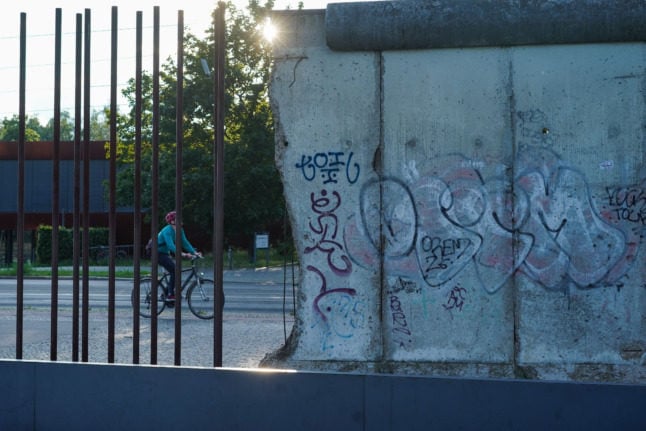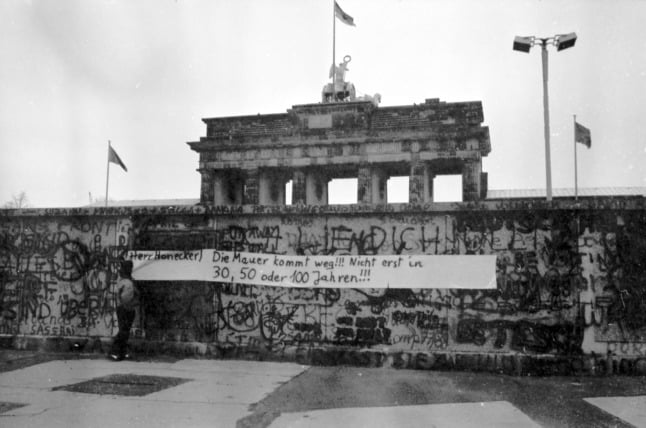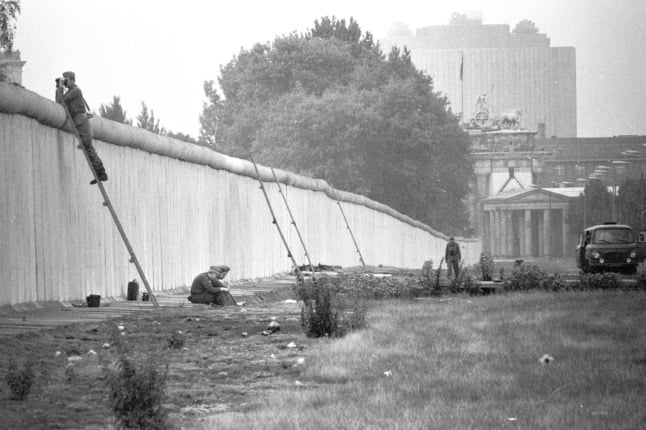The pictures were taken by photographer Frank Thiel in 1994, several years after the fall of the Berlin Wall and before British, French, Russian and US forces that had been stationed in Berlin since World War II were re-deployed.
They were installed at Checkpoint Charlie, a crossing point between East and West Berlin where soldiers from the rival sides in the Cold War would have stood.
It was the site of one of the tensest moments of the Cold War, when US and Soviet tanks faced off in 1961.
The photos – stark individual portraits of young soldiers – have themselves become a Berlin landmark.
Stefan Körner, art expert at the Grisebach auction house in Berlin which is selling the photos, said the images were “iconic” and could be popular with collectors or museums.
“It is a special joy to be showing this work on the 30th anniversary of the fall of the Berlin Wall,” he said.
READ ALSO: Berlin bans 'soldiers' at Checkpoint Charlie
The 12 works, which include images of Russian soldiers still wearing Soviet uniforms, are being auctioned with a starting price of €90,000.
Germany celebrated the 30th anniversary of the fall of the Berlin Wall on November 9th.
Ahead of the celebrations, Berlin authorities banned actors who stand at Checkpoint Charlie in military uniforms pretending to be soldiers for tourists.
The ban came after plainclothes police found that tourists were being pressured to offer a “donation”.
Thiel's photos will remain as a visual reminder of the Cold War history of the once-divided city.
READ ALSO: Berlin Wall fall: 'It was like Christmas, Easter and NYE rolled into one'





 Please whitelist us to continue reading.
Please whitelist us to continue reading.
Member comments